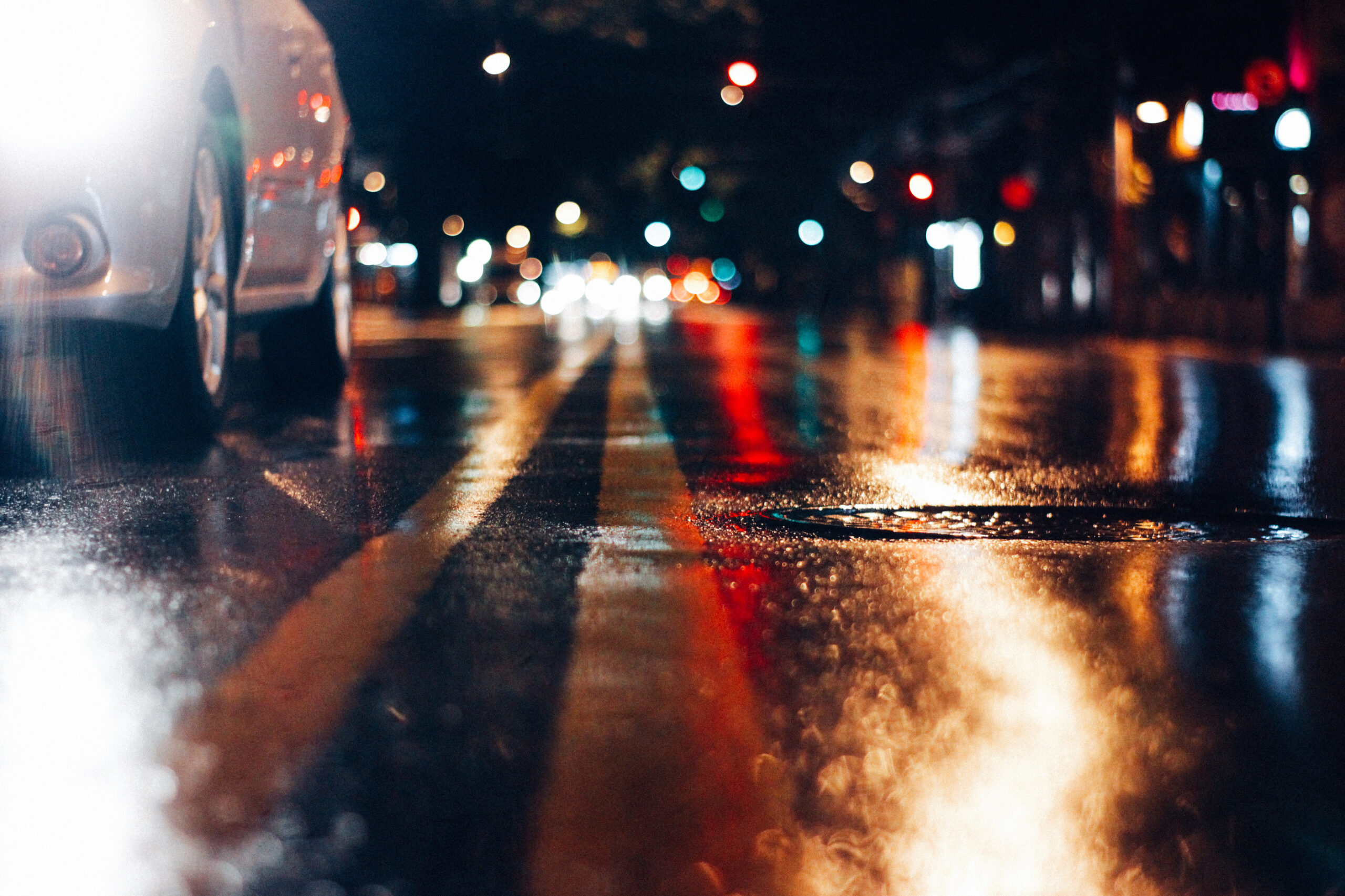Fleeing the Police – Penalties and Consequences in New York
When driving, one particular sight will cause a driver’s stomach to drop – seeing a police car in the rearview mirror. If that police car turns its lights and sirens on, panic may set in. Unfortunately, some people choose to run from the police, rather than pull over and face the consequences. In this blog, we’ll discuss the criminal penalties for fleeing from the police and possible defenses.
What Are the Charges for Fleeing the Police?
If a person is driving and a uniformed police officer or marked police vehicle signals the driver to stop, the driver must pull over and stop the vehicle. The signal can be either the activation of police lights or the activation of the lights and siren of the police vehicle.
After such signaling, if the driver attempts to flee from the officer by speeding 25 miles per hour or more above the speed limit or by engaging in reckless driving, that driver can be charged with Unlawful Fleeing a Police Officer in a Motor Vehicle. If a police officer or a third person suffers serious physical injury or is killed as a result of such conduct, this increases the degree of the offense.
| Offense Class | Penalty | Fine | |
| Unlawful Fleeing a Police Officer in a Motor Vehicle in the Third Degree (Penal Law § 270.25) |
A Misdemeanor | Up to 364 days in jail | Up to $1,000 fine |
| Unlawful Fleeing a Police Officer in a Motor Vehicle in the Second Degree – serious injury (Penal Law § 270.30) |
E Felony | Up to 1⅓ to 4 years in prison | Up to $5,000 fine |
| Unlawful Fleeing a Police Officer in a Motor Vehicle in the First Degree – death (Penal Law § 270.35) |
D Felony | Up to 2⅓ to 7 years in prison | Up to $5,000 fine |
Offenses Commonly Charged Along With Fleeing the Police
Often times, a person who is charged with Unlawful Fleeing a Police Officer in a Motor Vehicle is charged with other offenses as well. Such charges can include:
- Failure to Comply With a Lawful Order (VTL § 1102)
- Reckless Driving (VTL § 1212)
- Speeding (VTL § 1180)
- Leaving the Scene of an Accident Without Reporting (VTL § 600)
- Driving While Intoxicated (VTL § 1192(3)) or similar intoxicated- or impaired-driving offenses
If a person is injured or killed, the driver will also be charged with an assault or homicide. Moreover, vehicles involved in unlawfully fleeing a police officer may be subject to seizure and forfeiture.
Defenses for Fleeing the Police
While there is frequently dash camera video or body worn camera footage of police encounters, that doesn’t mean there are no defenses to a charge of unlawfully fleeing a police officer. Hiring a skilled criminal defense attorney to negotiate charges or take a case to trial is important.
For example, the police may not immediately stop the vehicle during the commission of the offense, and then later they arrest the owner of that vehicle. In this case, one defense may be that someone else was driving the vehicle and not the registered owner.
Other defenses include that the driver didn’t realize the officer was ordering them to stop, or that the driver wasn’t driving recklessly or was not driving more than 25 miles over the speed limit (i.e., a “slow speed chase”). Finally, there may have been justification for the driver not complying with the police officer, such as taking an injured person to the hospital.
References:
- Penal Law Article 270, Other Offenses Relating to Public Safety; available at: https://www.nysenate.gov/legislation/laws/PEN/P3TPA270 (last accessed April 14, 2025).
- N.Y. Crim. Jury Instr. 2d, Penal Law § 270.25, Unlawful Fleeing a Police Officer in a Motor Vehicle in the Third Degree; available at: https://www.nycourts.gov/judges/cji/2-PenalLaw/270/270.25.pdf (last accessed April 14, 2025).
Image: Free Public Domain image

